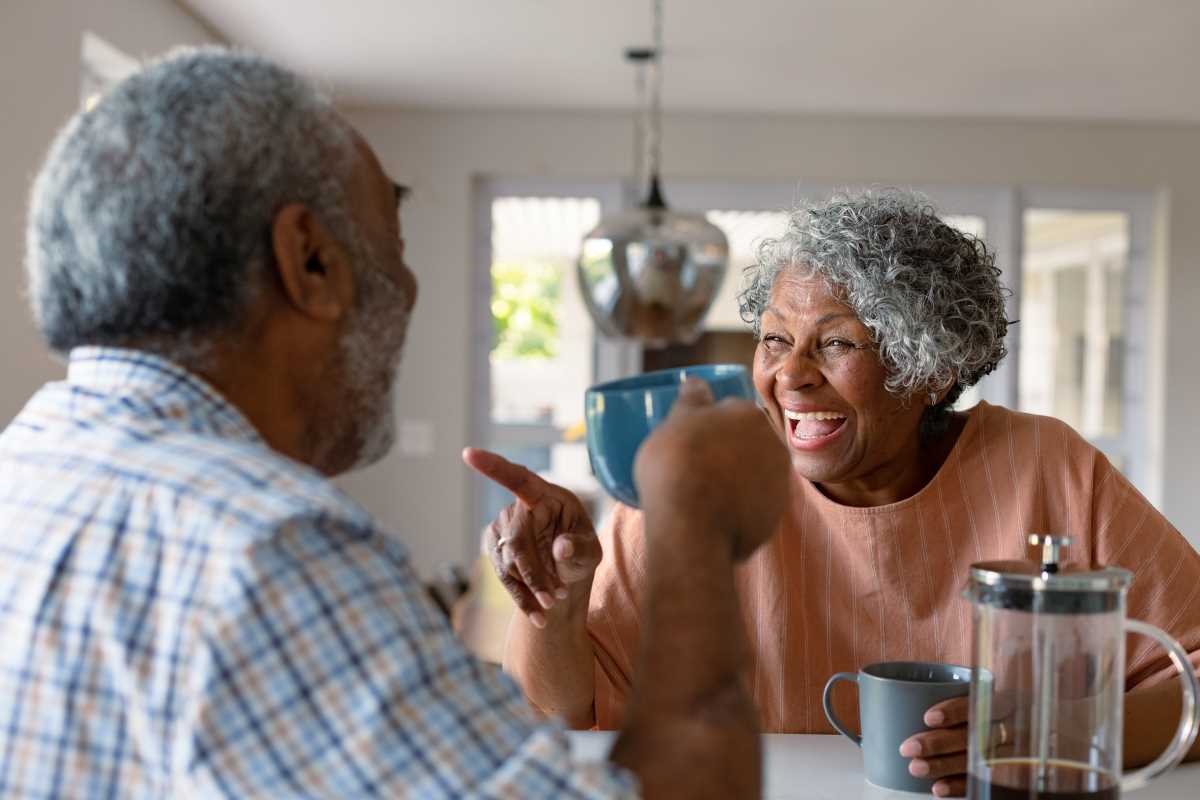As we or our loved ones get older, safety becomes more of a concern—especially for those living alone or dealing with health issues. One common worry? What happens if someone falls, feels dizzy, or has an emergency when nobody else is around. That’s where medical alert systems come in. These handy devices offer a simple solution: push a button, and help is on the way. Whether it's a fall, a sudden illness, or even just needing assistance getting up, these systems can be literal lifesavers.
But not all medical alert systems are the same. Some are worn like necklaces or bracelets. Others connect to smartphones or work through landlines. Some have automatic fall detection, while others require the person to press a button. With so many choices, it’s easy to feel overwhelmed. In this article, we’ll break down everything you need to know about medical alert systems—what they are, how they work, who should consider them, and what features to look for—so you can make the best choice for yourself or your loved ones.
What Is a Medical Alert System?
A medical alert system is a device that helps seniors and people with health concerns get help quickly in an emergency. The system usually has two main parts:
- A wearable help button (like a pendant or wristband).
- A base unit or communication device that connects to emergency services or a monitoring center.
When the button is pressed—or in some cases, if a fall is detected—the system contacts a trained professional or a loved one who can respond right away. The goal is to reduce the time between an emergency and getting help.
Some systems also offer two-way communication. That means the person wearing the device can speak directly to someone through the speaker in the base or the device itself. This is helpful if the person is scared, confused, or unable to move.
Who Should Consider a Medical Alert System?
These systems are ideal for:
- Seniors who live alone
- People with balance problems or who have fallen before
- Anyone recovering from surgery
- Those with chronic health conditions like heart disease, diabetes, or seizures
- People who want added peace of mind for themselves or their family
Even active, healthy seniors can benefit. Emergencies don’t always give a warning, and being able to reach someone fast can make a huge difference in the outcome.
How Medical Alert Systems Work
Most systems are simple to use. Here’s how a typical one works:
- The person wears a help button at all times—usually around their neck or wrist.
- If they need help, they press the button.
- That sends a signal to the base unit or a smartphone, which contacts a call center or emergency contact.
- A trained operator speaks to the person, checks on their situation, and sends the right help—whether that’s family, neighbors, or 911.
Some advanced systems can detect when the user falls and automatically call for help without them pressing anything. Others include GPS tracking so loved ones can locate the person if they wander off or get lost.
Types of Medical Alert Systems
There are two main types of systems: in-home and mobile.
In-home systems work best for people who mostly stay at home. They usually connect through a landline or Wi-Fi and come with a base station that stays in one place, along with the wearable help button.
Mobile systems are perfect for people who are more active. These systems use cellular networks and GPS, allowing the wearer to call for help from anywhere—home, grocery store, park, or even on a trip. Some mobile systems also offer extra features like location tracking, automatic fall detection, and even caregiver apps.
Important Features to Look For
Not all systems offer the same features, so it’s important to know what’s most useful for your situation. Here are a few key features to consider:
Fall Detection: Some systems can automatically detect a fall and call for help even if the user can’t press the button.
GPS Tracking: Great for seniors who are mobile or those with memory problems. GPS allows caregivers to know where their loved one is at any time.
Two-Way Communication: Talking to a real person during an emergency can calm nerves and help responders better understand the situation.
Water-Resistant Wearables: Many accidents happen in the shower or bath. A water-resistant button means it can be worn anywhere, anytime.
Battery Life: Some devices need daily charging, while others last weeks or months. Make sure the system fits the user’s lifestyle.
24/7 Monitoring: Most systems offer around-the-clock monitoring, but it’s worth confirming before purchasing.
Monthly Costs and Setup
Prices vary depending on the features and whether it’s monitored by a professional service. Expect to pay:
- Around $20 to $30/month for basic in-home systems.
- Between $30 to $60/month for mobile systems with GPS and fall detection.
Some companies charge setup or equipment fees, but many offer free trials or let you cancel anytime. Always read the fine print before signing up.
Setup is usually easy. Most systems arrive in the mail, and all you have to do is plug them in or charge the device. Some companies offer customer support to walk you through it.
Benefits
One of the biggest benefits is peace of mind. Seniors feel more confident living independently, and their families worry less knowing help is just a button away. It also reduces the chances of serious health complications from delayed care.
In many cases, just knowing the system is there can be a comfort—even if it’s never used. For people recovering from surgery or illness, it adds an extra layer of safety during a time of healing.
Downsides
While these systems are helpful, they’re not perfect. Here are a few things to keep in mind:
- Fall detection isn’t 100% accurate. Some falls may not be detected, and non-falls (like sitting down too fast) might trigger a false alarm.
- Some systems don’t work well in areas with poor cell coverage.
- Monthly fees can add up over time, especially for high-tech systems.
It’s important to research and choose a system that fits your loved one’s specific needs and living environment.






